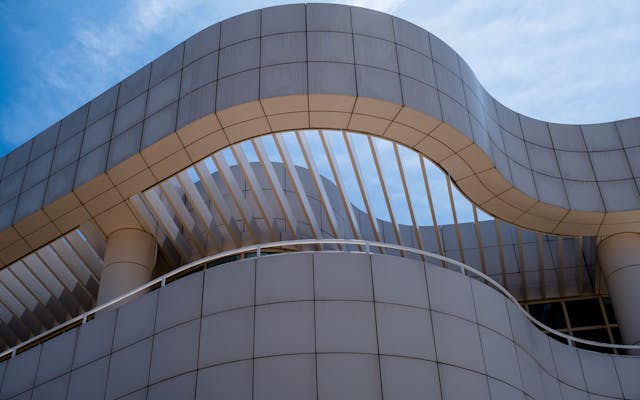Earthquake Preparedness in California Museums: Navigating Seismic Risks
by Scott Olpin, on April 15, 2024
The Seismic Challenge
The ever-present San Andreas Fault, along with numerous lesser-known faults, places California's museums, such as the Los Angeles Museum of Contemporary Art, Bowers Museum, and Benton Museum, in constant alert mode. These institutions are dedicated to preserving their collections against the unpredictable nature of earthquakes. Many museums in California have invested heavily in enhancing the structural resilience of their buildings, employing advanced technologies like base isolators and seismic retrofitting to ensure the safety of their priceless collections. This also includes how the collections are stored.
Innovative Protection Strategies
The commitment of these museums to earthquake preparedness is evident in their adoption of state-of-the-art protection measures. They have embraced seismic retrofitting techniques and developed customized solutions for anchoring artworks, ensuring that each piece remains secure during seismic events. The comprehensive strategy encompasses a detailed evaluation of the artworks, considering factors such as center of gravity and mass distribution, to develop tailored stabilization methods.
Storage Solutions and Their Impacts
Museums have implemented various storage solutions to protect their collections:
- Art Racks: These versatile systems are designed to secure diverse collections, tailored to the specific needs of institutions like the Los Angeles Museum of Contemporary Art, Bowers Museum, and Benton Museum. The racks are engineered to withstand seismic forces, ensuring the art remains protected.
- Static Shelving: This cost-effective option provides a stable environment for artworks, with additional front braces to prevent movement during earthquakes, offering a straightforward yet reliable solution.
- Compactor (Mobile) Shelving: Admired for its space-saving design, this shelving is enhanced with seismic adaptations, like special wedge plates, to safeguard artifacts from earthquake-induced impacts.
Balancing Aesthetics and Safety
These museums exemplify the intricate balance between aesthetic presentation and protective measures. Their innovative systems are designed to be unobtrusive, ensuring that the art remains the focal point while being securely protected against seismic risks. This approach maintains the essence of the museum experience, ensuring that visitors can appreciate the art without distraction, confident in its safety.
Conclusion: A Model of Preparedness
The Los Angeles Museum of Contemporary Art, Bowers Museum, and Benton Museum stand as beacons of earthquake preparedness, illustrating their unwavering dedication to the preservation of cultural assets. Their comprehensive strategies showcase a blend of architectural excellence and specialized storage techniques, setting a benchmark for global museums in earthquake-prone areas. These institutions affirm that proactive and innovative engineering can secure our artistic heritage for future generations, even amidst the challenges posed by nature's forces.




